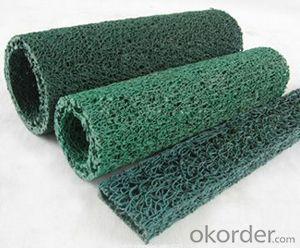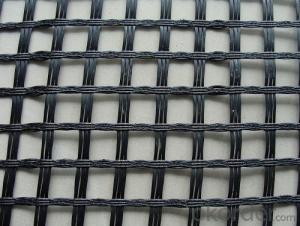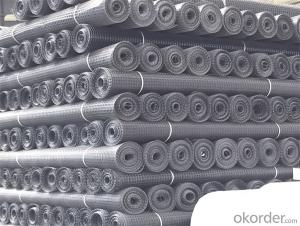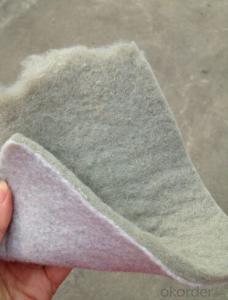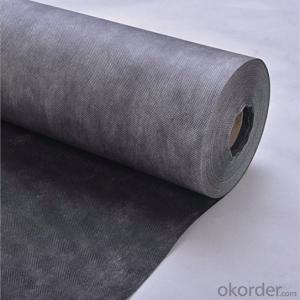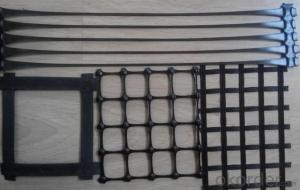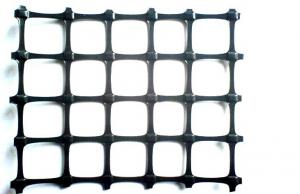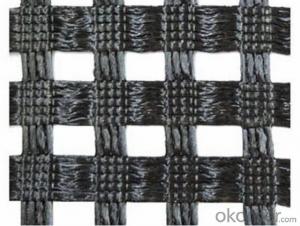Permeable Hard Geotube Drain Pipe for Drainage Ditch
- Loading Port:
- Qingdao
- Payment Terms:
- TT OR LC
- Min Order Qty:
- 1000 m
- Supply Capability:
- 150000 m/month
OKorder Service Pledge
OKorder Financial Service
You Might Also Like
Specifications
1. Water Drainage Ditch
2.Material:Polyethylene
3.Application:anti-aging,anti-corrosion,environmental protection
The introduction and application of plastic ditch drainage:
1.Plastic blind drain is also named blind ditch or under drain. It is three-dimensional
multi-hole material by melting joint of fiber extruded from melted thermoplastic
composite resin. There are a variety of products of round or square sections. We can manufacture products with different characteristics of high temperature resistance, anti-flaming, high PH resistance, high elasticity, and high hardness
made of different formula tailored for customers.
2.Engineering application of plastic blind drain:
1) Drainage of road and railway ground and shoulder.
2) Drainage of back of retaining wall (vertical and horizontal drainage).
3) Drainage of tunnel and underground channel.
4) Drainage of slopes such as hillside and bank slope.
5) Horizontal drainage of weak ground treatment.
6) Drainage in sports ground, golf course, airport, park and other greening places.
7) Drainage in coal depot, landfill waste site and fertilizer depot.
8) Drainage bedding of decompression.
9) Drainage system of underground irrigation of agriculture and gardening.
10) Drainage of roof garden.
11) Filtering material of sewage treatment.
The spec and property indexes of plastic ditch drainage:
Items | Square | Round | ||||||||
Type | YA7030 | YA1435 | YA1550 | YA1235 | YB60 | YB80 | YB100 | YB150 | YB200 | |
Exterior feet (mm≥) | 70*30 | 140*35 | 150*50 | 120*35 | 60 | 80 | 100 | 150 | 200 | |
Hollow feet (mm≥) | 40*10 | 40*10*2 | 40*10*2 | 40*10*2 | 25 | 45 | 55 | 80 | 120 | |
Weight (g/m≥) | 350 | 650 | 750 | 600 | 400 | 750 | 1000 | 1800 | 2900 | |
Voidage (%≥) | 82 | 82 | 85 | 82 | 82 | 82 | 84 | 85 | 85 | |
Compressive strength | Flattening 5% | 60 | 80 | 50 | 70 | 80 | 85 | 80 | 40 | 50 |
Flattening10% | 110 | 120 | 70 | 110 | 160 | 170 | 140 | 70 | 70 | |
Flattening15% | 150 | 160 | 125 | 130 | 200 | 220 | 180 | 100 | 90 | |
Flattening20% | 190 | 190 | 160 | 180 | 250 | 280 | 220 | 125 | 120 | |
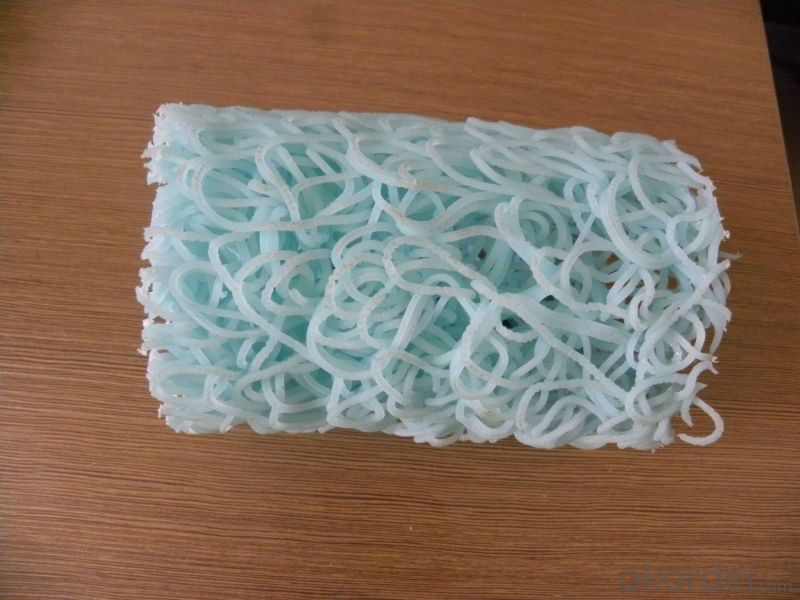

- Q:What are the specifications of the road geogrid
- Reference to the national standard, but the specifications are not necessarily the same as the national standard.
- Q:How do geogrids improve the stability of channel linings?
- Geogrids improve the stability of channel linings by providing reinforcement and preventing soil erosion. They enhance the tensile strength of the soil, reducing the risk of slope failure and increasing the overall stability of the channel lining.
- Q:Can geogrids be used in reinforcement of coastal structures?
- Yes, geogrids can be used in the reinforcement of coastal structures. Geogrids are commonly used in coastal engineering projects to enhance the stability and strength of structures such as seawalls, breakwaters, and revetments. They provide additional support by improving the soil's resistance to erosion and reducing the potential for slope failures. Geogrids can effectively distribute loads and provide reinforcement against wave action and coastal currents, making them a valuable tool in coastal structure reinforcement.
- Q:Are geogrids suitable for reinforcing steep slopes?
- Yes, geogrids are suitable for reinforcing steep slopes. Geogrids are high-strength, flexible, and durable materials that can provide stability and prevent soil erosion on steep slopes. They enhance the soil's shear strength, distribute loads, and improve slope stability, making them an effective solution for reinforcing steep slopes.
- Q:What are the differences between geogrids and geocells in terms of installation?
- Geogrids and geocells differ in terms of installation as geogrids are typically laid down on the ground and then covered with soil or aggregate material, while geocells are assembled and connected together to form a three-dimensional structure that is filled with soil or aggregate material. The installation of geogrids involves unrolling and securing the material to the ground, while geocells require interlocking the individual cells and securing them in place before filling.
- Q:What is the difference between a uniaxial and a biaxial geogrid?
- A uniaxial geogrid is designed to provide strength and stability in one direction, typically in the longitudinal axis. It is used to reinforce soil or other materials in applications such as road construction, retaining walls, and embankments. On the other hand, a biaxial geogrid is designed to provide strength and stability in both the longitudinal and transverse directions. It offers enhanced reinforcement capabilities and is commonly used in applications where multidirectional support is required, such as steep slopes, ground stabilization, and pavement systems.
- Q:Can geogrids be used in erosion control applications on steep slopes?
- Yes, geogrids can be used in erosion control applications on steep slopes. Geogrids are often employed in such situations to stabilize the soil and prevent erosion by providing reinforcement and increasing the overall strength of the slope.
- Q:Can geogrids be used in reinforced concrete structures?
- Yes, geogrids can be used in reinforced concrete structures. Geogrids are commonly used as a reinforcement material in soil and pavement applications, but they can also be integrated into concrete structures to enhance their strength, stability, and durability. By incorporating geogrids in concrete, it is possible to reduce cracking, increase load-bearing capacity, and improve overall performance of the structure.
- Q:What is the difference between woven and non-woven geogrids?
- Woven geogrids are made by weaving individual yarns together, creating a grid-like structure. Non-woven geogrids, on the other hand, are manufactured by bonding or interlocking fibers together through mechanical, thermal, or chemical processes. The key difference is in the manufacturing process, which results in woven geogrids being stronger and more rigid, while non-woven geogrids tend to be more flexible and have higher tensile strength. Additionally, woven geogrids are generally used in applications that require high load-bearing capacity, while non-woven geogrids are often used for soil stabilization and separation purposes.
- Q:How much is the overlap length of Geogrid
- GB / T 17689-2008 geosynthetics Plastic Geogrid
1. Manufacturer Overview |
|
|---|---|
| Location | |
| Year Established | |
| Annual Output Value | |
| Main Markets | |
| Company Certifications | |
2. Manufacturer Certificates |
|
|---|---|
| a) Certification Name | |
| Range | |
| Reference | |
| Validity Period | |
3. Manufacturer Capability |
|
|---|---|
| a)Trade Capacity | |
| Nearest Port | |
| Export Percentage | |
| No.of Employees in Trade Department | |
| Language Spoken: | |
| b)Factory Information | |
| Factory Size: | |
| No. of Production Lines | |
| Contract Manufacturing | |
| Product Price Range | |
Send your message to us
Permeable Hard Geotube Drain Pipe for Drainage Ditch
- Loading Port:
- Qingdao
- Payment Terms:
- TT OR LC
- Min Order Qty:
- 1000 m
- Supply Capability:
- 150000 m/month
OKorder Service Pledge
OKorder Financial Service
Similar products
New products
Hot products
Hot Searches
Related keywords
